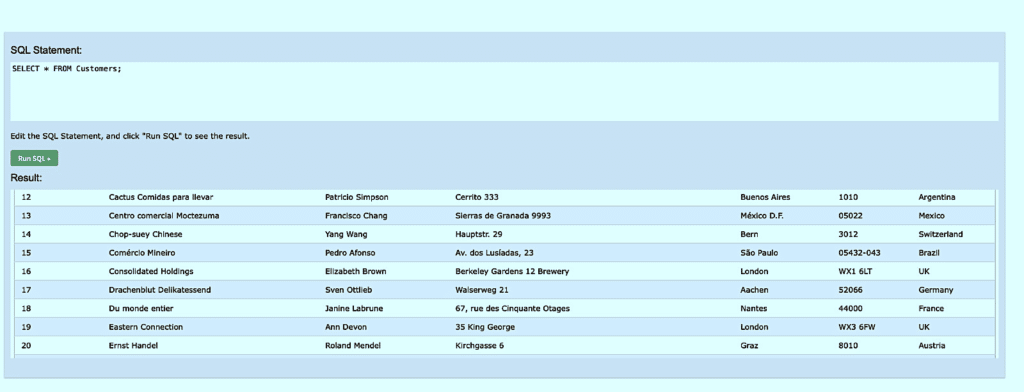What is SQL - The basics
Querying and updating data in a database is often done using SQL, a widely used language, but what is SQL?
So now let's explain what SQL is?
Structured Query Language (SQL) is a programming language used to access and modify data in a database. It was adopted as a standard by the American National Standards Institute (ANSI) in 1986 and by the International Organization for Standardization (ISO) in 1987.
When asked, "What Can SQL Do?"
SQL's many features include: the ability to execute queries against a database, retrieve data from that database, insert records into that database, update records in that database, delete records from that database, create databases, create tables within a database, create stored procedures within a database, create views within a database, and set permissions on those tables, procedures, and views.
SQL is a Standard Language widely accepted for Database Management, BUT....
While SQL is standardised by organisations like ANSI and ISO, there are still a number of distinct implementations of the language.
As required by ANSI, however, they all share uniform support for the most essential commands (including SELECT, UPDATE, DELETE, INSERT, and WHERE).
How to use it on your Website
Data from a database may be shown on a website, however, to do so, you will need:
- Server-side programming languages like PHP or ASP;
- an RDBMS database application like Microsoft Access, SQL Server, or MySQL;
- SQL to retrieve the data you need;
- HTML and CSS to format the page
RDMBS (Relational Database Management Systems)
RDMBS are the initials for Relational Database Management Systems
All current database systems, including MS SQL Server, IBM DB2, Oracle, MySQL, and Microsoft Access, are based on RDBMS, which is in turn based on SQL.
RDBMS relies on "tables," which are essentially just containers for data. You may think of a table as a grid with columns for organising information and rows for displaying it.
See the data in Table 1 below:
Tables have sub-units (called fields) that allow for more granular data analysis.
CustomerID, Name, Name of Contact, Name of Organization, Address, City, Postal Code, and Country are the fields that make up table 1. The term "field" is what refers to a column in a database SQL table that stores a specific piece of data for each record.
Each piece of data stored in a SQL table is what we call a record or row. In the aforementioned table (Table 1), for instance, there are 91 entries. In a database, a record is a piece of data that spans across the table horizontally.
The information for one field in a table is organised in a column, a vertical object in the table.
Do you have any questions?
If you are interested in acquiring computer licenses for Servers or Windows, in our online shop you can find all the versions we have available. We offer the best product licenses for any type of operating system.
If you need more help, do not hesitate to contact our customer service team.
Write us a comment or give us a call.
Best regards,
Your Licendi Team






